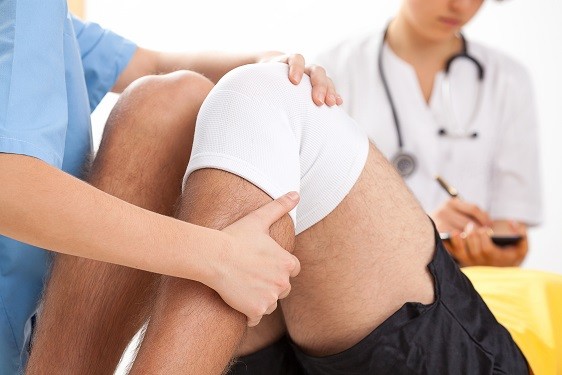If you’ve experienced a knee injury, chances are you’ll have to work through a knee injury rehab program to return to your normal life activities.
Gaining knowledge about your injury and understanding why it’s so important to rehabilitate the right way, using both customised and the best knee strenghtening exercises, will help you on your path to success.
Additionally, learn how to prevent further injuries and overcome the injury blues.
The anatomy of a ligament injury in the knee
Ligaments hold bones together, and because of the unique anatomy of the knee joint, there are several ligaments that provide stability and support to the knee. Below is a list of the most commonly injured knee ligaments.
These ligaments include… [1]
- MCL and LCL – These ligaments support the inside and the outside of the knee joint, allowing the knee to flex and extend in a straight plane.
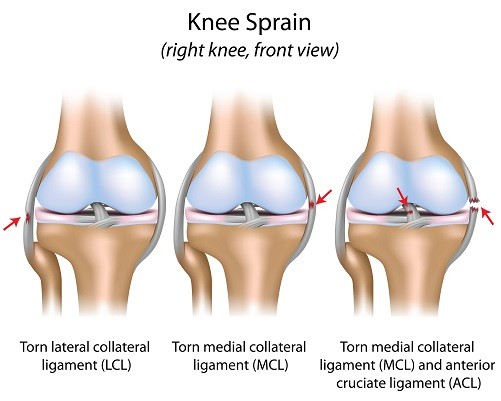
Fig 1. Injuries and knee ligament tears at the ACL, LCL, MCL.
- PCL and ACL – as you can see from the picture above these ligaments crisscross interiorly in the joint, holding the femur and tibia bones tight together, and also keeps the knee from sliding forward and backwards.
- Meniscus – the meniscus is a crescent-shaped ligament that acts as both a shock absorber for the bones, and as general knee support acting like a cushion.
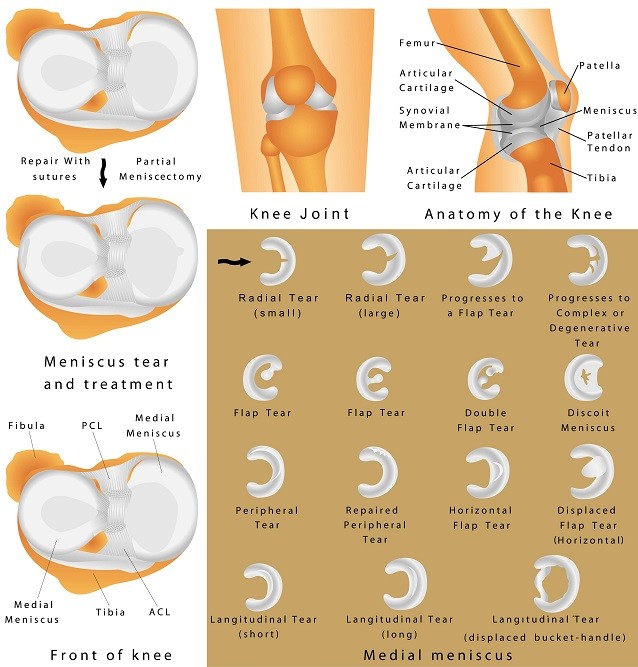
Fig 2. Meniscus anatomy, including ACL and PCL knee ligaments positioning and different types of meniscus tear injuries.
Each of these ligaments is susceptible to damage, tearing, or stretching from either an acute or chronic injury. If you experience a knee injury, it is crucial to follow proper rehabilitation protocols to ensure a successful recovery, whether its ACL tear rehab, meniscus tear rehab, or to help reduce chronic knee pain. [2].
When comes to injury recovery it is best to work only with the best, like – an elite personal trainer who is a qualified injury rehabilitation coach to be certain you aren’t jeopardizing your health and wellness, and completing your knee rehabilitation in the right way.
What your knee rehabilitation plan might look like
Achieving a successful and healthy knee recovery takes effort, time, and an expert’s knowledge.
First, you must consult a physician to determine if surgery is required for your specific knee injury.
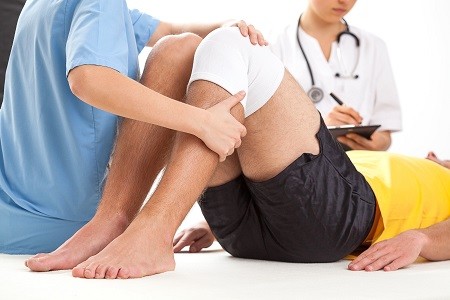
Fig 3. Based on scans and physical consultation the medical doctor assesses if a knee surgery is required.
Once this decision has been made, you will either manage with post-surgical knee rehabilitation, or knee rehabilitation without surgery, which in specific cases can be equally as successful [3].
In either case, you need to begin slowly with your rehabilitation programme. It is absolutely vital that the following steps must occur to maintain at least a minimum of the health and safety of your knee rehab programme.
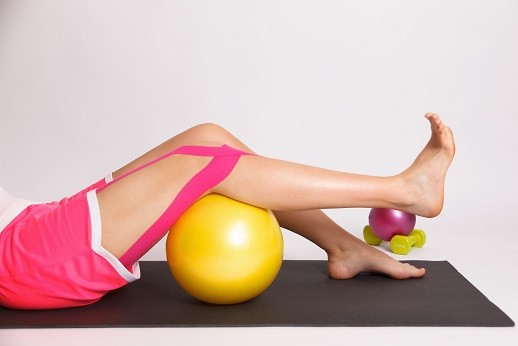
Fig 4. Customised knee rehab focused at your specific recovery goals.
- Weight-bearing and range of motion: These are the first goals you will need to accomplish before beginning any type of rehabilitation program. At 6 weeks either post-surgery or post-injury, the knee should be able to bend 100° or more [4].
- Once the knee has improved range of motion and you are fully weight bearing, customised light exercises can be initiated, under an injury specialist’s care. The best knee strengthening exercises you could do on your own include heel slides, biking (no resistance), leg lifts, and some minor equipment use, like resistance bands or light weights [5].
- As the muscles surrounding the knee joint begin to strengthen, more advanced exercises for knee rehab can be introduced, including squats and lunges. Additional equipment and weights can be used to increase muscle strength.
- This is the last phase before returning to your 100% normal activity level. Running and sprinting can be started. In this phase, form and movement mechanics are crucial to avoid any further injuries, and help improve muscle memory if any compensation patterns developed during recovery.
Pilates and knee rehabilitation, provides improved results
The rehabilitation process is crucial for injury recovery to ensure you don’t end up with serious and lifestyle-changing setbacks. One specific form of exercise that can be incorporated for an improved knee injury recovery is Pilates, which is proven to improve knee injury recovery [6].
This one to one, initially rehab developed method of exercise reduces the stress and pressure placed on joints, and works in combination to activate dormant muscles, to stretch and strengthen muscles to properly support the joints and the body.
Customised Pilates incorporate the appropriate muscles for each movement or exercise, creating balance and symmetry throughout the body, not just for your injured knee joint.
This will help with optimum muscle development and future injury prevention. Working with a Pilates personal trainer for your knee rehab program that has a 2nd generation experience in Pilates is an asset that will greatly assist with any successful rehabilitation program.
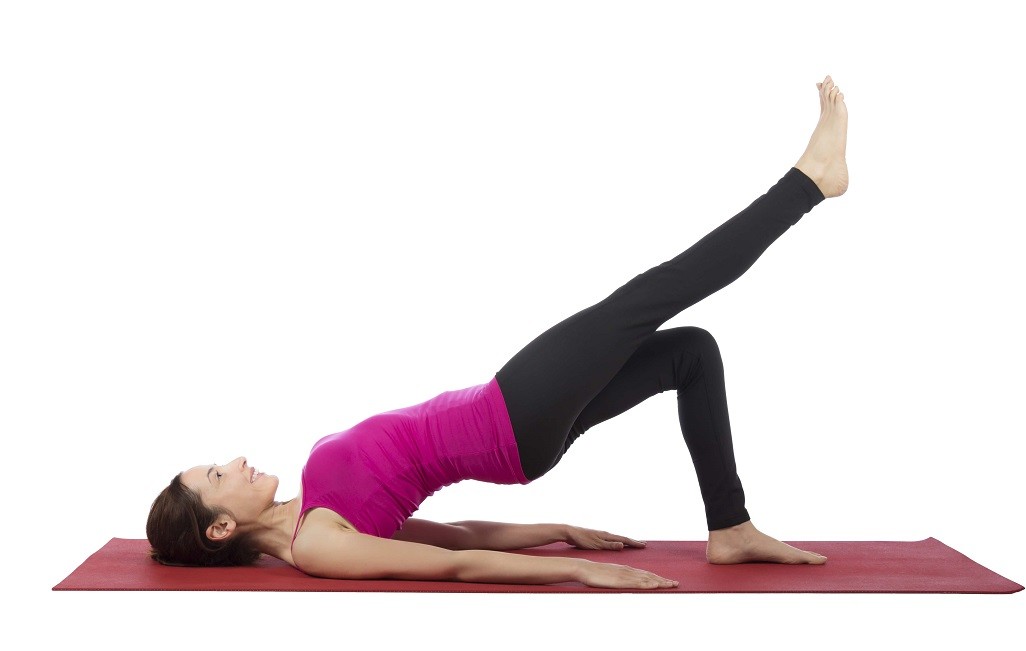
Fig 5. Pilates exercises custumisation – a very important aid for any type of knee injury rehab.
Jazz is a 2nd Generation Pilates Personal Trainer in London specialised in knee injury rehabilitations and you can contact him by clicking on this link “Contact Jazz Alessi” and call him directly on 02036332299.
Why injuries are set-backs, and how to avoid them in the future
Injuries happen, but with a goal-oriented knee rehabilitation plan, the recovery can be uneventful and smooth. There are several impediments that can occur if you don’t take your rehabilitation plan seriously, return to activity too soon, or don’t complete the rehab steps in the right order.
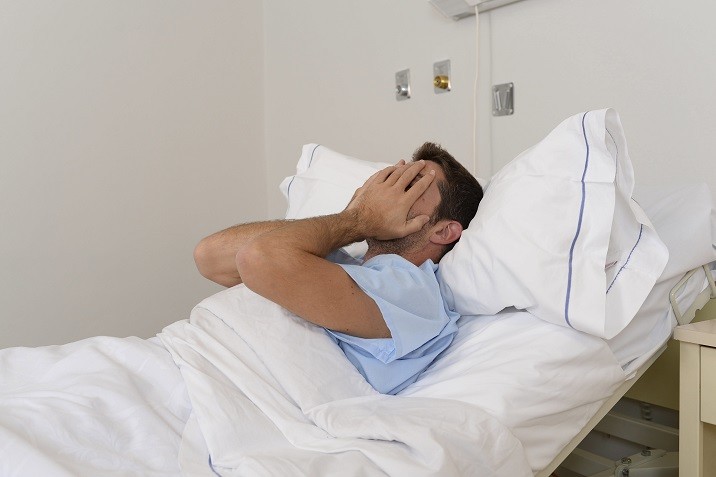
Fig 6. Injuries lead to the following setbacks [7]:
- Loss of muscle tone and strength
- Weight gain
- Frustration, anxiety, upsets that induces stress on relationships, jobs, and other tasks
- Major increases in pain levels
- Fear to exercise
- Depression
- Lack of ability and coordination to perform every-day tasks
- Not participating in the activities and hobbies you used to love
- If surgery is recommended, significant time off may be required
- Development of compensation patterns as you try to protect the injured area of your body
- Asymmetrical body development
- The lack of a safe way out of the injury
- Over medication effects
The psychological effects that come from an injury can sometimes be just as upsetting as the physical struggle.
Rather than put yourself in this position, ensure you’re staying active, strong, and healthy by working with an elite personal trainer who is a injury rehabilitation coach.
We need to be sure we’re taking care of our bodies, and should be doing everything possible to avoid any knee injuries, but especially those affecting the ligaments of the knee.
Wrapping it up…
To get the best results from a knee injury rehabilitation program, you should only work with an elite exercise injury specialist who has copious experience and knowledge.
Prioritize your rehabilitation to move forward with your recovery, and get back to normal life as quickly and safely as possible.
Exercise for knee rehab and pain reduction is a safe and effective way for ligament knee injury treatment.
The injury rehabilitation coach and 2nd generation Pilates Personal trainer in London – Jazz Alessi, will train you one to one helping you to recover from your knee injuries, ACL tear, PCL tear, MCL and LCL tear, Meniscus tear, and chronic pain creating your customised knee injury rehab program covering all greater London, Wimbledon, Fulham, Canary Wharf, Kensington, Chelsea, Bank, London Bridge, Islington, Victoria, Mayfair, Central London, Baker street, Finchley and North London.
Keen to get started?
Contact Jazz Alessi now, here.
References:
- Meyer JJ, Obmann MM, Gießler M, et al. Interprofessional approach for teaching functional knee joint anatomy. Ann Anat. 2017 Mar;210:155-159
- Jenkins PJ, Clifton R, Gillespie GN, et al. Strength and function recovery after multiple-ligament reconstruction of the knee. Injury. 2011 Dec;42(12):1426-9
- Frellick M. Exercise as Effective as Surgery for Meniscal Tears. Medscape Medical News. July 21, 2016;
- Hemsley K, Sitler M, Moyer R, et al. Neuromuscular and psychological influences on range of motion recovery in anterior cruciate ligament reconstruction patients. J Electromyogr Kinesiol. 2010 Aug;20(4):684-92
- O’Donnell K, Freedman KB, Tjoumakaris FP. Rehabilitation Protocols After Isolated Meniscal Repair. Am J Sports Med. 2016 Oct 1:363546516667578.
- Çelik D1, Turkel N. The effectiveness of Pilates for partial anterior cruciate ligament injury. Knee Surg Sports Traumatol Arthrosc. 2015 Aug 1.
- Pjanic I, Messerli-Bürgy N, Bachmann MS, et al. Predictors of depressed mood 12 months after injury. Contribution of self-efficacy and social support. Disabil Rehabil. 2014;36(15):1258-63.
Disclaimer: This website and all its content is to be used for information purposes only. This website or any of its content or links to third parties does not diagnose, advise, treat or cure any ailments, illness or disease.
You agree to hold harmless the owner of this site for any action taken on your own without consulting your medical doctor first by using the information on the website for diagnostic, treatment, or any other related purposes. This is not medical advice. If you are suffering from any illness, disease or ailments please contact your doctor first and immediately.



